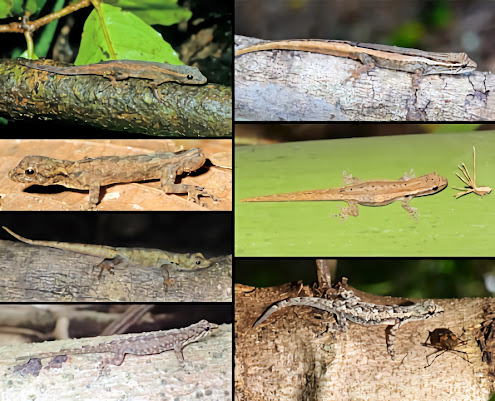If an algorithm in a tissue sample makes up a tumor, it does not yet reveal how it came to this result. It is not very trustworthy. Bochum researchers are therefore taking a new approach.
Artificial intelligence (AI) can be trained to recognize whether a tissue image contains tumor. How she makes her decision has so far remained hidden. A team from the Research Center for Protein Diagnostics, or PRODI for short, at the Ruhr University Bochum is developing a new approach: with it, the decision of an AI can be explained and thus trustworthy. The researchers around Prof. Dr. Axel Mosig in the journal "Medical Image Analysis".
Bioinformatician Axel Mosig cooperated with Prof. Dr. Andrea Tannapfel, head of the Institute of Pathology, the oncologist Prof. Dr. Anke Reinacher-Schick from St. Josef Hospital of the Ruhr University as well as the biophysicist and PRODI founding director Prof. Dr. Klaus Gerwert. The group developed a neural network, i.e. an AI that can classify whether a tissue sample contains tumor or not. To do this, they fed the AI with many microscopic tissue images, some of which contained tumors, others were tumor-free.
















.jpg)
